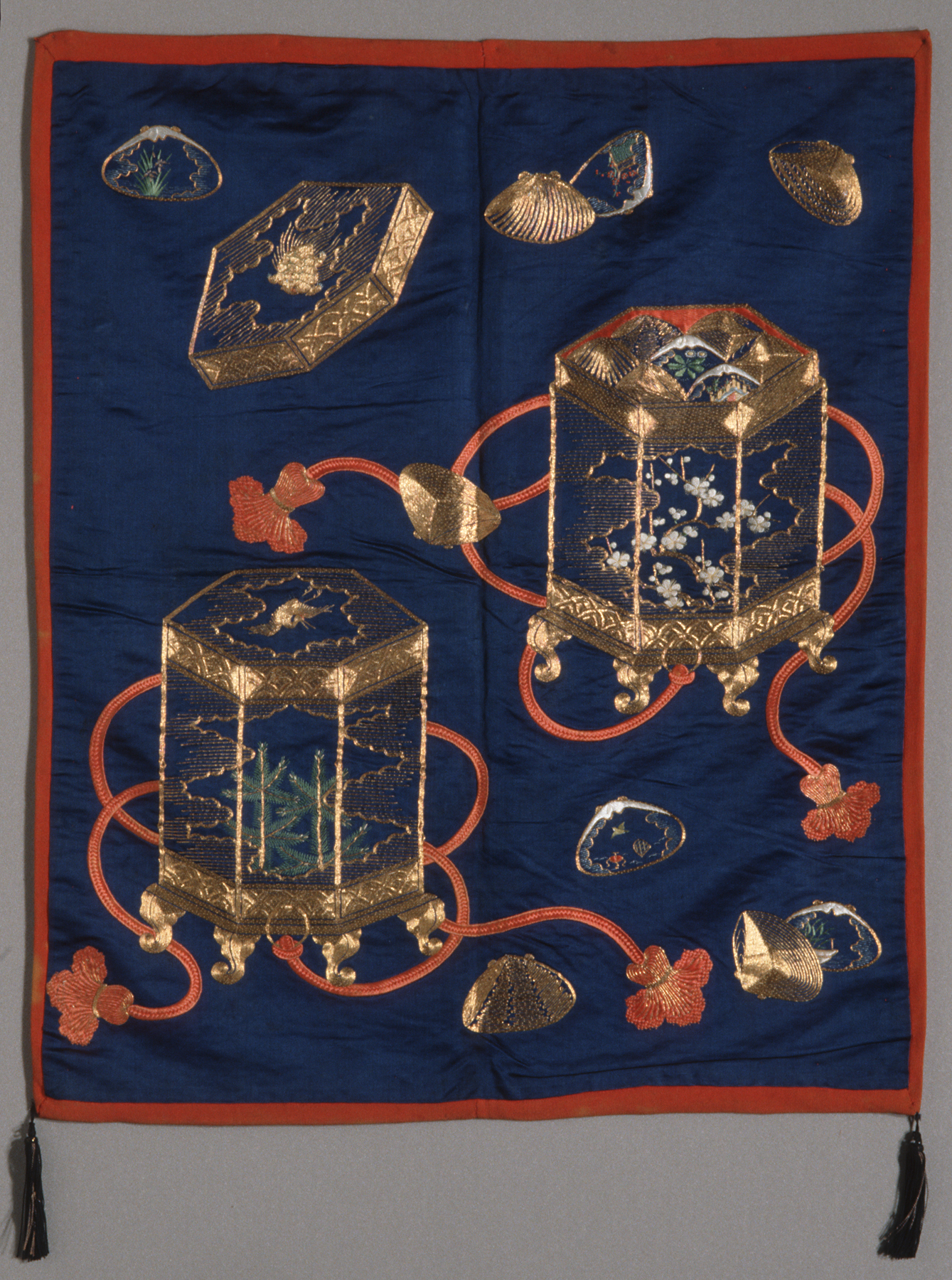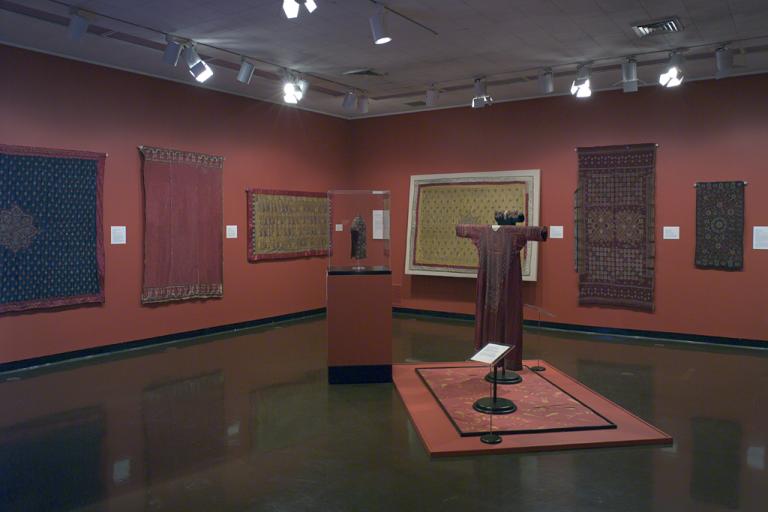fukusa (ceremonial gift-wrapping cloth), unknown maker from Japan
Artwork Overview
fukusa (ceremonial gift-wrapping cloth)
, late 1700s or early 1800s, Edo period (1600–1868)
Where object was made: Japan
Material/technique: stem stitch; embroidering; satin; silk; satin stitch; crepe; couching; gold thread
Credit line: Gift in memory of James H. Walker Jr., by his family
Accession number: 1993.0354
Not on display
If you wish to reproduce this image, please submit an image request

